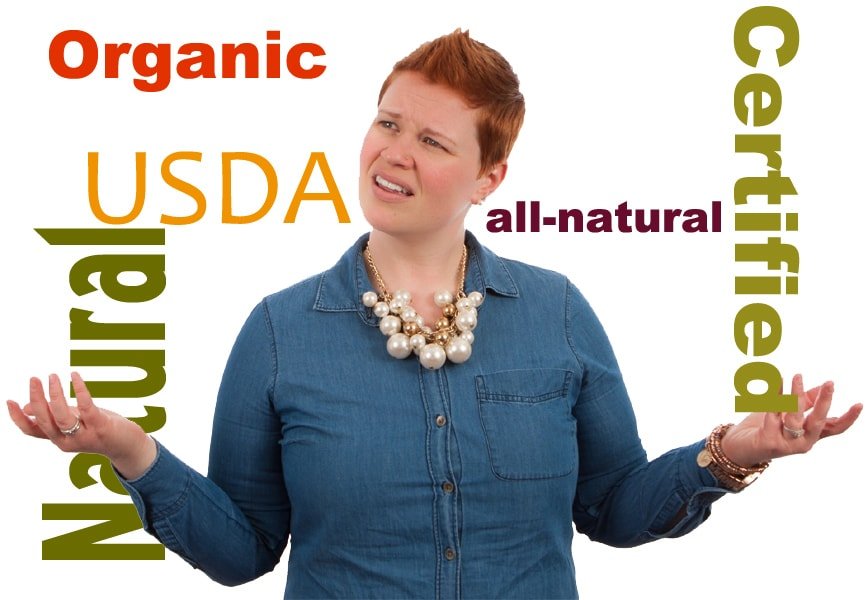Cons umers are confused about food labels, farming methods and the marketing jargon used in the food industry. Surveys have shown that two-thirds of consumers who purchase ‘all natural’ or ‘organic’ foods are motivated by a perception that they are healthier and safer. But of course ‘natural’ and ‘organic’ foods are not identical and the truth remains that many consumers do not understand what differentiates the two.
umers are confused about food labels, farming methods and the marketing jargon used in the food industry. Surveys have shown that two-thirds of consumers who purchase ‘all natural’ or ‘organic’ foods are motivated by a perception that they are healthier and safer. But of course ‘natural’ and ‘organic’ foods are not identical and the truth remains that many consumers do not understand what differentiates the two.
So what is the difference between natural foods and organic foods? In short, organic food is USDA certified as compliant to a strict set of requirements as to its production and contents. In contrast, ‘natural’ is a descriptive marketing term that can be used with little to no constraint. The FDA does not regulate ‘natural’ products and this still causes some confusion. Many consumers are surprised when they learn that a food that is labeled as natural may in fact contain GMOs, growth hormones, antibiotics, or whatever else the producer deems necessary.
Even when it comes to organic foods it can be difficult for consumers to fully understand the jargon as some labels say “organic” while others say “100% Organic” or “Made with Organic Ingredients.” The different labels relate to the different percentages of organic ingredients. The USDA’s National Organic Program (NOP) has rules that growers must adhere to – the rules for crops do not allow products to be grown with or contain:
- genetically modified organisms
- ionizing radiation
- pesticides
- sewage sludge
- synthetic fertilizers
Rules for animals that produce meat, eggs, or dairy are:
- They may not be administered antibiotics or growth hormones
- They must have access to the out of doors, clean water, sunlight and the ability to move freely. This is not the same as free range however, or the term grass fed, or cage free.
Matters can get even more complicated due to the fact that a product can only be labeled “certified organic” if it comes from a USDA certified farm. Certification requires a USDA-approved inspection of the farm where the food is grown to make sure the farmer is meeting USDA organic standards. Companies that handle or process organic food before it reaches supermarkets or restaurants must also be certified. This certification can take up to three years and thousands of dollars and not every farm can afford this. So while ‘certified organic’ has real meaning the truth is that the food consumers purchase at a local farmers market is probably not certified organic however it may be more qualified for the label than ones that are certified.
Bottom line: For the skeptical consumer ‘certified organic’ has some meaning while ‘natural’, or ‘all natural’ is pretty much meaningless
For further insight follows these links:
- USDA database of certified organic operations
- The fundamentals of organic farming
- Wikipedia’s Organic Certfication Page
For a lighter view check out this video about how the marketers use ‘The Natural Effect’
